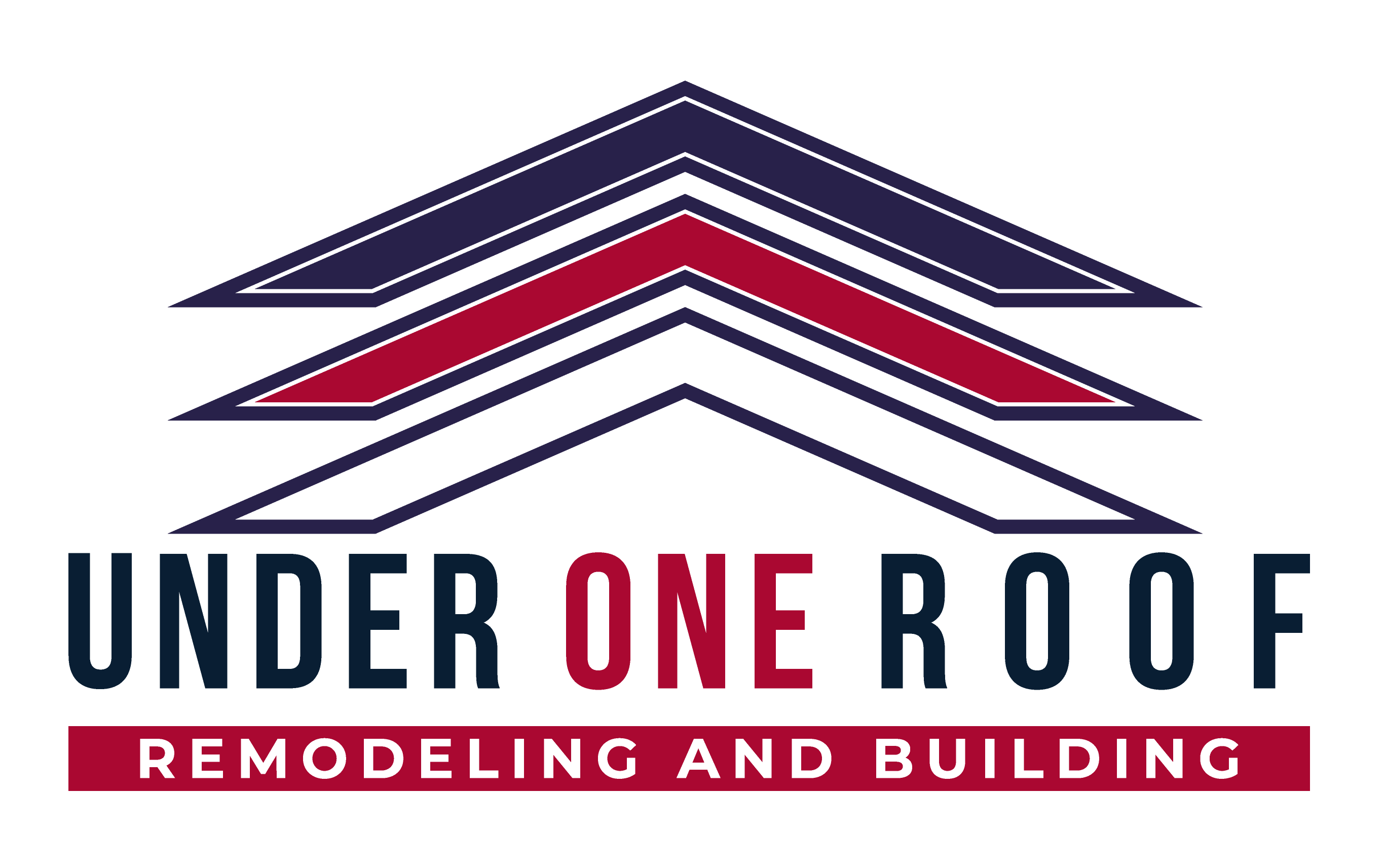Vinyl siding installation is a big decision that will affect your home’s look, feel, and durability. To make an informed decision about vinyl siding installation, you should learn more about vinyl sider benefits vs. vinyl siding disadvantages. This article provides the basics on vinyl sidings before moving into how to install vinyl sidings yourself or…
Vinyl siding installation is a big decision that will affect your home’s look, feel, and durability. To make an informed decision about vinyl siding installation, you should learn more about vinyl sider benefits vs. vinyl siding disadvantages. This article provides the basics on vinyl sidings before moving into how to install vinyl sidings yourself or hiring professionals for vinyl sidings installation.
What vinyl siding is?
Vinyl is the plastic material that the vinyl sidings are made of. Vinyl sidings are designed to look like wood, metal, or vinyl. Vinyl sidings can be found in many colors, and they are long-lasting too. They do not need to be painted because vinyl sidings will last for 20 years if installed properly.
Materials and Tools Needed for Vinyl Siding Installation
- Vinyl sidings that match your house perfectly
- Screwgun or drill with screw attachments
- Tape measure and level
- Caulking gun and caulk
- Utility knife and scissors
- Stripping brushes and wire brushes (optional)
- Metal bristles (optional)
Vinyl Siding Installation Tips
- The first step in vinyl siding installation is to remove the old vinyl sidings or any other type of sidings currently on your house. This includes removing the trim, soffit, and fascia.
- After all the old vinyl sidings have been removed. It is time to install the new vinyl siding. Vinyl siding installation is a straightforward process, but it is essential to follow the manufacturer’s instructions carefully.
- The vinyl sidings should be installed to overlap the trim, soffit, and fascia by at least 1 inch.
- Make sure that the vinyl sidings are tightly attached to the house by using vinyl-specific screws. The vinyl sidings should not move at all after installation, so use the vinyl-specific screws to ensure that they are appropriately attached to your home.
- The vinyl sidings must be fastened to have no “pockets” where water can get in between them and the house. This is crucial to the vinyl siding warranty that you will receive after vinyl siding installation.
- Make sure vinyl-specific caulk is used around windows and doors to ensure no gaps between the vinyl sidings and any openings on your house. This step in vinyl siding installation is necessary, so water cannot get through the cracks.
- The vinyl sidings should be cleaned at least once a year to keep them looking new. Use a vinyl-specific cleaner to clean the vinyl sidings and make them look new again.
Vinyl siding installation is a do-it-yourself job, but it is a big project. If vinyl siding installation intimidates you, you may want to hire vinyl siding Birmingham AL professionals. They have years of vinyl siding installation experience and can get the vinyl sidings installed on your house quickly.
Benefits of vinyl sidings
- Vinyl sidings are long-lasting and do not need to be painted.
- It comes in many colors and styles so that you can find the perfect ones for your home.
- Affordable and will save you money in the long run.
- Vinyl sidings are easy to maintain and only need to be cleaned once a year.
- They add insulation to your home, which can save you on your energy bills.
- Installing vinyl siding can increase the resale value of your home.
Disadvantages of vinyl sidings
- Vinyl sidings can expand and contract in extreme weather conditions, so ensure they are correctly installed to avoid damage.
- May is not the best choice for historic homes because it is a newer material and does not look like traditional materials like wood or metal.
- It may be susceptible to wind-driven rain and is not the best option for homes in areas prone to hurricanes or high winds.
Roofing Birmingham AL professionals can help you with the installation process and ensure that it is done correctly. They can also offer you advice on what type of vinyl sidings would be best for your home. Contact a roofing contractors Birmingham AL today to learn more about their services and how they can help you with your vinyl siding installation project.
Tips on how to maintain your new siding after installation
Now that you have beautiful new vinyl siding installed on your home, it is crucial to know how to maintain it properly to last for many years. Here are a few tips on how to keep your vinyl sidings looking like newz
- Clean the vinyl sidings at least once a year with a vinyl-specific cleaner. This will remove any dirt or grime that may have built up and keep them looking new.
- Inspect the vinyl sidings for any damage regularly and repair them as soon as possible. Vinyl sidings can be damaged by hail, wind, or other weather conditions.
- Keep trees at least 10 feet away from the vinyl sidings to prevent damage from falling branches or leaves. Always have your trees pruned regularly not to damage your new siding.
- Use vinyl-specific screws for all installations, repairs, and maintenance on your vinyl sidings.
- Your vinyl sidings will expand and contract with temperature changes, so ensure they are correctly installed to avoid any damage. Be careful when you maintain them, so you don’t crack or break them by doing something wrong.




